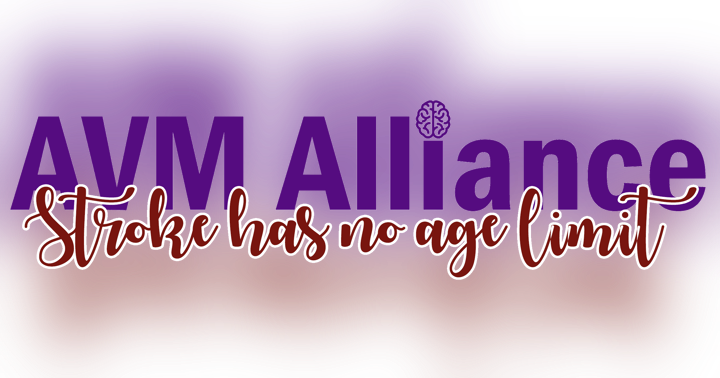Children & Brain Aneurysms

Annie is our magical unicorn fox. She wears the red aneurysm awareness ribbon in her hair to help tell the story of how children are affected by brain aneurysms just like adults.
Aneurysms can occur anywhere in the body, including in the brain, where they are known as cerebral aneurysms. An aneurysm is a bulge or ballooning in a blood vessel caused by a weak spot in the vessel wall. When an aneurysm ruptures, it can cause bleeding in the brain (hemorrhagic stroke), which can be life-threatening.
Aneurysms can occur in any blood vessel in the body, including the brain. In children, brain aneurysms can form anywhere in the brain but are more likely to occur in the posterior circulation (the blood vessels that supply blood to the back of the brain), while in adults, they are more likely to occur in the anterior circulation (the blood vessels that supply blood to the front of the brain).
There are several different types of brain aneurysms that can occur in children, including saccular aneurysms (also known as berry aneurysms) and fusiform aneurysms. The causes of pediatric cerebral aneurysms can vary and may include congenital abnormalities, such as an inherited genetic disorder or a malformation of the blood vessels in the brain, or acquired conditions, such as injury or infection. Some children may have a genetic predisposition to aneurysms.
Symptoms of a brain aneurysm in children can include sudden severe headache, nausea and vomiting, double vision, difficulty speaking, weakness or numbness on one side of the body, seizures, and loss of consciousness. Often, an aneurysm may be discovered incidentally during a diagnostic procedure for another condition. Some children may have no symptoms at all.
Treatment options for pediatric cerebral aneurysms depend on the size and location of the aneurysm, as well as the child's overall health. Surgery, such as clipping or coiling, is often recommended for larger or symptomatic aneurysms, while smaller or asymptomatic aneurysms may be monitored with imaging studies.
It's important to note that the management of pediatric cerebral aneurysms can be challenging, as the risks and benefits of treatment must be carefully weighed in light of the child's age and overall health. Children's brains are still developing and the long-term effects of aneurysm treatment must always be considered.
















